Hernia is when body parts are displaced from their location. It happens with organs and tissues. They are outside the body cavity through congenital or acquired openings. A hernia can be located either under the skin (external hernia) or in adjacent body cavities (internal hernia).
A hernia can cause different symptoms depending on where it is located. The most common symptoms![]() of a hernia are:
of a hernia are:
Patients sometimes suffer from abdominal pain and digestive problems or intestinal obstruction symptoms.
A hernia is a characteristic hard lump. It can bulge or retract during, for example, movement. It can also increase during other activities that cause tension in the surrounding integuments, muscles, and tissues, such as coughing or defecation.
What to do in the case of the groin? Do not confuse the hernia with the naturally present lymph nodes.
They are categorized and named after their location. The most common are inguinal, hernia, and hernia. However, incisional (postoperative) hernia or hiatal hernia may also occur.
An inguinal hernia![]() is located in the groin. It is one of the abdominal hernias. The condition could be present from birth. It may also be developed during life. In the beginning stages, it may not show any symptoms. Over time, this can result in discomfort and a feeling of “presence” in the groin region.
is located in the groin. It is one of the abdominal hernias. The condition could be present from birth. It may also be developed during life. In the beginning stages, it may not show any symptoms. Over time, this can result in discomfort and a feeling of “presence” in the groin region.
The most prevalent reasons include:
Chronic cough can also be a cause of this condition in patients.
An abdominal hernia![]() is a displacement of tissues within the abdominal cavity – in the place of the abdominal wall with reduced immunity.
is a displacement of tissues within the abdominal cavity – in the place of the abdominal wall with reduced immunity.
This hernia type can be congenital or acquired. However, regardless of the formation mechanism, the hernia will not regress on its own. Over time, it enlarges and expands. Therefore, neglecting treatment can cause further difficulties and complications in health.

An umbilical hernia![]() is a form of abdominal hernia that arises when the hernia's entrance is situated in the vicinity of the umbilical ring. This particular hernia forms during fetal development. It is called a congenital umbilical hernia. This type is more frequent in premature babies.
is a form of abdominal hernia that arises when the hernia's entrance is situated in the vicinity of the umbilical ring. This particular hernia forms during fetal development. It is called a congenital umbilical hernia. This type is more frequent in premature babies.
An acquired umbilical hernia is an adult problem. Causes of an umbilical hernia include:
Spinal hernia![]() is a problem with a completely different background than abdominal hernias. In other words, it is discopathy, i.e., a degenerative change of discs – intervertebral discs of the spine. As a result of injuries or diseases, they may lose their elasticity and crack. When the nucleus pulposus protrudes, it is referred to as a slipped disc.
is a problem with a completely different background than abdominal hernias. In other words, it is discopathy, i.e., a degenerative change of discs – intervertebral discs of the spine. As a result of injuries or diseases, they may lose their elasticity and crack. When the nucleus pulposus protrudes, it is referred to as a slipped disc.
Treatment consists of pharmacotherapy reducing symptoms. In addition, suitable rehabilitation exercises, physiotherapy, maintaining appropriate activity, and proper body posture are recommended to avoid this problem in the future. In cases that are more severe, surgery may be required.
Hiatal hernia![]() is a medical condition where the upper part of the stomach moves into the chest. The symptom may be pain, acid reflux, or chronic heartburn. Sometimes the pain may suggest cardiac problems. However, a hiatal hernia may be asymptomatic – then the diagnosis is made during imaging tests, e.g., chest X-ray.
is a medical condition where the upper part of the stomach moves into the chest. The symptom may be pain, acid reflux, or chronic heartburn. Sometimes the pain may suggest cardiac problems. However, a hiatal hernia may be asymptomatic – then the diagnosis is made during imaging tests, e.g., chest X-ray.
Under normal conditions, it is not a real channel because it has no access to light. It is only when a femoral hernia occurs that the potential space between the two rings becomes a canal.
A femoral hernia![]() is a serious problem. It requires surgical treatment.
is a serious problem. It requires surgical treatment.
A testicular hernia![]() is usually acquired and affects people who lift heavy weights or do physical work. In some cases, it is congenital.
is usually acquired and affects people who lift heavy weights or do physical work. In some cases, it is congenital.
It is a subtype of an inguinal hernia. In this scenario, the organs and tissues traverse the inguinal canal, which is the same path that the testicles take during fetal development as they move from the abdominal cavity to the scrotum.
Please note that home remedies cannot cure a hernia. There are a few steps to alleviate the symptoms.
Adding more fiber![]() to your diet can ease constipation, a condition that can lead to exertion while passing stools and exacerbate a hernia. Here are a few foods examples that are high in fiber: fruits, vegetables, and whole grains.
to your diet can ease constipation, a condition that can lead to exertion while passing stools and exacerbate a hernia. Here are a few foods examples that are high in fiber: fruits, vegetables, and whole grains.
Don’t forget about dietary changes. Making them can also reduce hiatal hernia symptoms. It's advisable to steer clear of consuming large and heavy meals. Do not lie down or bend over after meals. It also helps to maintain a healthy weight.
If you want to avoid acid reflux, it's best to steer clear of foods that can trigger it. It includes hot spices and dishes containing tomatoes. Also, if you smoke cigarettes, it's highly recommended that you quit to help prevent acid reflux.

Surgery![]() is the main treatment. It is because an unoperated hernia may incarcerate. This complication occurs when the hernia gates tighten behind the intestines in the bag. When a person experiences intestinal obstruction, it can lead to ischemia and eventually necrosis, which can be life-threatening and may even result in the patient's death.
is the main treatment. It is because an unoperated hernia may incarcerate. This complication occurs when the hernia gates tighten behind the intestines in the bag. When a person experiences intestinal obstruction, it can lead to ischemia and eventually necrosis, which can be life-threatening and may even result in the patient's death.
That's why people with a hernia who notice sudden, severe pain at the hernia site, bloating, fever, and stool retention need to go to the hospital as soon as possible.
Hernias are not operated on only in three cases: pregnant women, children up to two years of age, and people for whom the procedure would be too high risk. There is one exemption. Inguinal hernia surgery can be performed during pregnancy. But only when necessary. That is because it is a health and life threat. Infants' umbilical hernias typically close on their own. However, this may not occur. Then a procedure may be necessary.
For people with risk, use a hernia girdle. It stabilizes the integuments of the body. That helps to prevent the movement of organs into the hernial sac. The belt is utilized during the postoperative period to reduce the likelihood of potential recurrence. Additionally, pessaries are used in some types of hernias.
The hernia can be operated classically or laparoscopically.
In the case of the traditional open technique, the so-called Lichtenstein tension-free method![]() is most commonly used. The procedure performed under intravenous sedation with local anesthesia consists in draining the contents of the hernia to its place. Then the doctor covers the hernia gate with a polypropylene mesh – without the need to stretch the surrounding tissues. This approach prevents recurrence of the disease and reduces pain. The incision made by the surgeon is not large, so the resulting scar is hardly visible.
is most commonly used. The procedure performed under intravenous sedation with local anesthesia consists in draining the contents of the hernia to its place. Then the doctor covers the hernia gate with a polypropylene mesh – without the need to stretch the surrounding tissues. This approach prevents recurrence of the disease and reduces pain. The incision made by the surgeon is not large, so the resulting scar is hardly visible.
For laparoscopy![]() we also use polypropylene mesh. They are technically more complicated. The doctor does not cut. The surgeon makes holes. Then they put inside a camera and a surgical instrument. This approach can lead to improved patient well-being right after the procedure. However, it cannot be claimed that its implementation will result in a quicker recovery and return to full strength for the patient.
we also use polypropylene mesh. They are technically more complicated. The doctor does not cut. The surgeon makes holes. Then they put inside a camera and a surgical instrument. This approach can lead to improved patient well-being right after the procedure. However, it cannot be claimed that its implementation will result in a quicker recovery and return to full strength for the patient.
If the hernia was not extensive and the operation was without complications, the patient can leave the hospital the same or the next day after the operation. The recovery![]() time is individual and depends, among others, on the patient's age and condition severity. Assuming the patient is in good condition, it is expected that they resume their daily activities within seven days. Also to return to work within fourteen days. But only when on one condition. It is when thisis job does not involve physical exertion.
time is individual and depends, among others, on the patient's age and condition severity. Assuming the patient is in good condition, it is expected that they resume their daily activities within seven days. Also to return to work within fourteen days. But only when on one condition. It is when thisis job does not involve physical exertion.
Refrain from strenuous physical activity for 1.5-3 months after the procedure. Consult a doctor before starting heavier-lifting training. It is usually not possible sooner than after three months.
During recovery, the patient should eat a fiber-rich diet that prevents constipation. Avoid heavy foods, hot spices, and alcohol. Individual suggestions may vary depending on the patient. Each body is different. That is why all recommendations are selected individually.
If you have a bulge in your abdominal muscles, it could be a hernia. There can be multiple causes for hernias. Preventing them can be challenging. Nonetheless, you can take precautionary measures. That will help you avoid getting one.
To enhance your physical health. It's crucial to exercise regularly![]() . But also remember to adopt healthy habits. By selecting appropriate physical activities to add to your daily routine, you can reinforce weakened areas of your body that are prone to hernias.
. But also remember to adopt healthy habits. By selecting appropriate physical activities to add to your daily routine, you can reinforce weakened areas of your body that are prone to hernias.
Engaging in lightweight training, yoga, walking, or low-impact aerobic activities like swimming can be highly beneficial in preventing hernias.
There is another benefit. It is if you are already suffering from a hernia. Then exercises can help manage your condition. Also, they prevent further harm.
Make sure you exercise regularly. That is crucial for your overall health. Take caution when it comes to heavy lifting. Moreover use proper exercising methods. If you're not careful injury may happen. For example you could end up putting unnecessary pressure on your abdomen and groin. This could increase your risk of hernia.
What to do if you're new to weightlifting![]() ? Ask for help. It is best to have someone teach you the proper techniques. Start with lighter weights. Then gradually increase the amount you lift. This will give your body time to build strength. Also it can help you avoid strain.
? Ask for help. It is best to have someone teach you the proper techniques. Start with lighter weights. Then gradually increase the amount you lift. This will give your body time to build strength. Also it can help you avoid strain.

Appropriate training is crucial in jobs that involve heavy lifting. You must learn some specifics. Like how to lift, bend and handle equipment correctly. Remember to lift using your legs. Also always maintain a stable posture. What to do in case you need help? Do not hesitate to ask for assistance. This will help you prevent overexertion.
When carrying out tasks such as furniture moving or yard work at home, it's important to be cautious of improper heavy lifting that could put you at risk. To avoid injury, you can always seek help from someone else. Additionally, practice correct form. In this way, you can gradually build strength. Especially in your abdomen and groin areas.
Constipation, as was discussed, may lead to a hernia. Irregular bowel movements can result in increased pressure in the intestines, which can eventually cause a hernia. Straining too hard during bowel movements can also contribute to this condition. It happens whether you have constipation or not.
To avoid constipation![]() have a sufficient intake of water. Adequate water consumption can aid in softening the stool. This will reduce the need to strain while “on a toilet”.
have a sufficient intake of water. Adequate water consumption can aid in softening the stool. This will reduce the need to strain while “on a toilet”.
It is crucial to drink about 2 liters of water![]() every day. It plays a critical role in maintaining good health. Water is particularly significant for individuals suffering from a hernia since it aids in the body's healing and recovery process – while also preventing hernias by easing constipation. In addition to water intake, one should consume high-fiber foods such as fresh fruits and vegetables to make bowel movements easier and avoid developing a hernia. Fiber
every day. It plays a critical role in maintaining good health. Water is particularly significant for individuals suffering from a hernia since it aids in the body's healing and recovery process – while also preventing hernias by easing constipation. In addition to water intake, one should consume high-fiber foods such as fresh fruits and vegetables to make bowel movements easier and avoid developing a hernia. Fiber![]() laxatives can also gently alleviate constipation.
laxatives can also gently alleviate constipation.
Excessive and heavy coughing![]() can put stress on your abdomen. This will potentially lead to a hernia. If you have a history of hernia or weakened abdominal or groin muscles, it's best to avoid this type of coughing as much as possible. Frequent smoking can lead to chronic coughing – and heighten the probability of developing a hernia.
can put stress on your abdomen. This will potentially lead to a hernia. If you have a history of hernia or weakened abdominal or groin muscles, it's best to avoid this type of coughing as much as possible. Frequent smoking can lead to chronic coughing – and heighten the probability of developing a hernia.
High body mass index![]() (BMI) can pose various health risks. It can raise the chances of developing a hernia. There is a reason. The extra weight puts pressure on particular areas. It is especially on the chest, groin, and stomach. This tension weakens the critical areas linked to a hernia.
(BMI) can pose various health risks. It can raise the chances of developing a hernia. There is a reason. The extra weight puts pressure on particular areas. It is especially on the chest, groin, and stomach. This tension weakens the critical areas linked to a hernia.
Having a high body mass index can cause fatigue, which is often used as a reason to skip regular exercise.
Table of Contents

A hiatal hernia is a condition where the upper part of the stomach protrudes into the chest. Who is at… read more »

Groin Pain, which is where the belly and thighs come together, which individuals call the groin range, is a confounding… read more »

Constipation is a common problem. Its main symptom is the stopping of bowel movements. A proper diet can minimize the… read more »
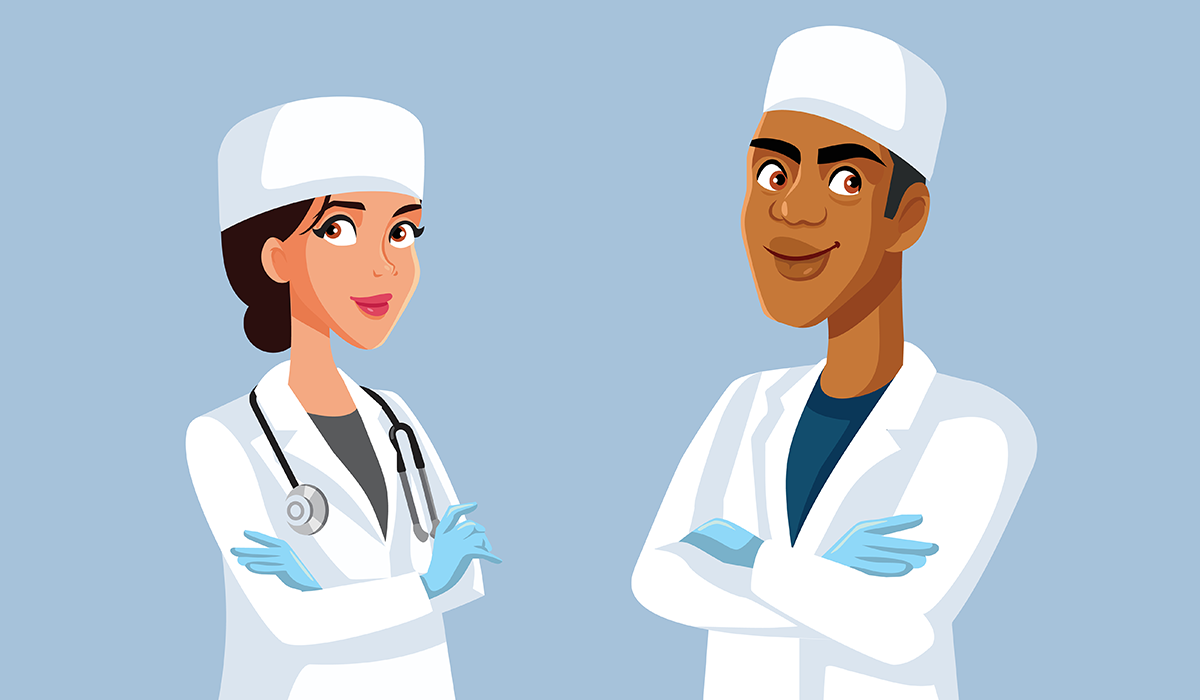
A surgeon is a medical doctor who specializes in performing operations to treat diseases, injuries, and deformities. read more »
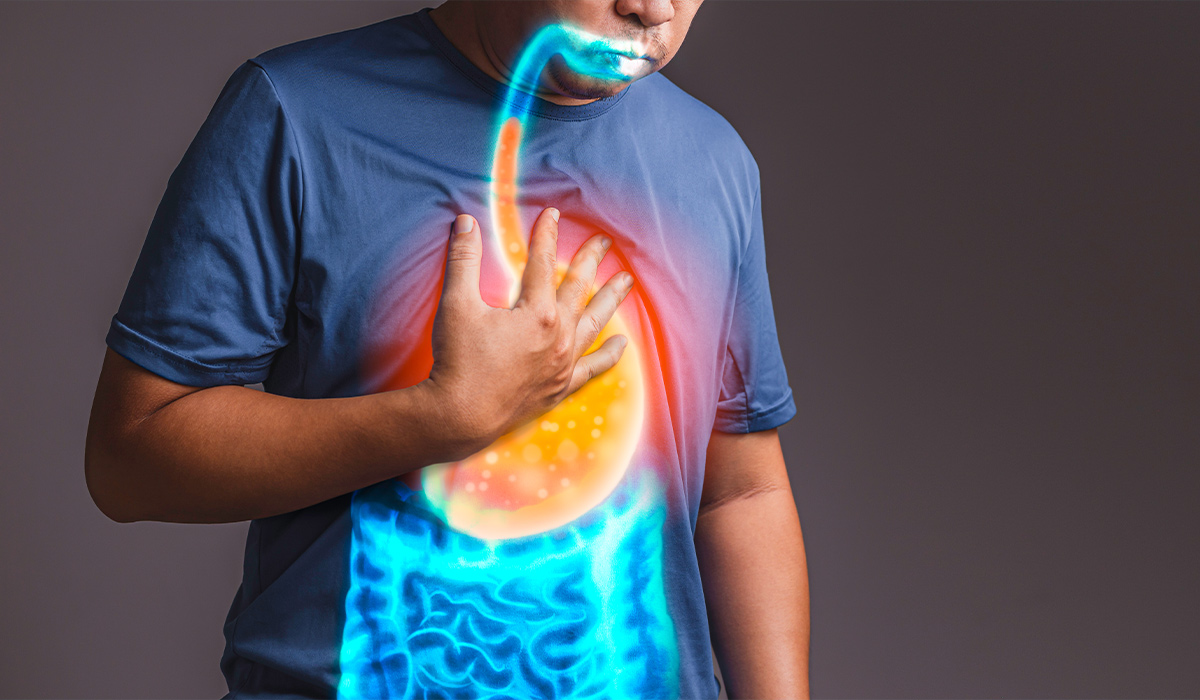
GERD is a condition in which stomach contents flow back into the esophagus. If you feel heartburn and a burning… read more »
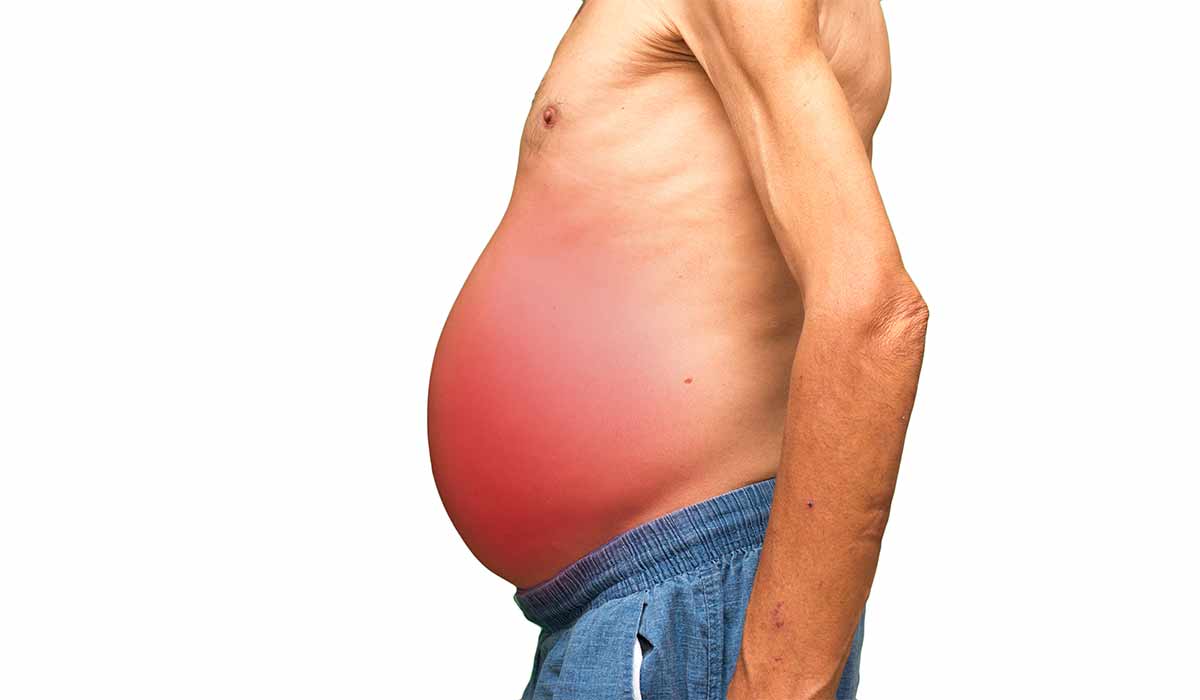
Ascites is a health condition that causes a pathological fluid build-up in the abdomen. It usually occurs when the liver… read more »
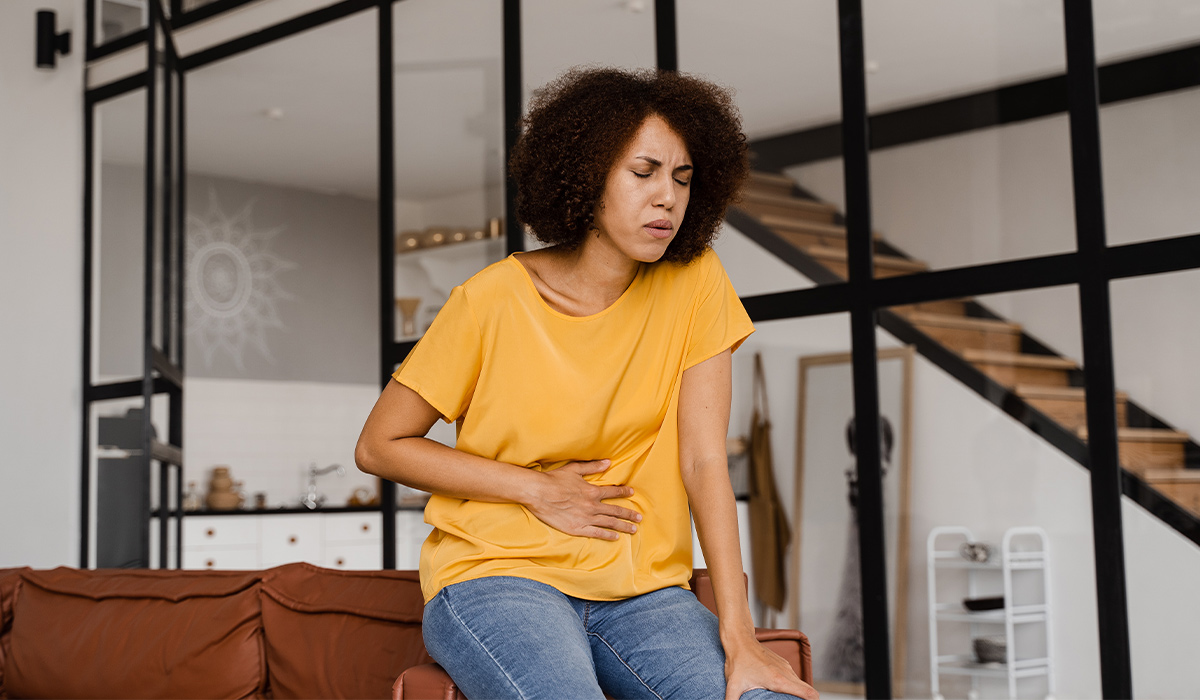
Ileus is a medical condition that stops the passage of food through the digestive tract. What are its symptoms and… read more »
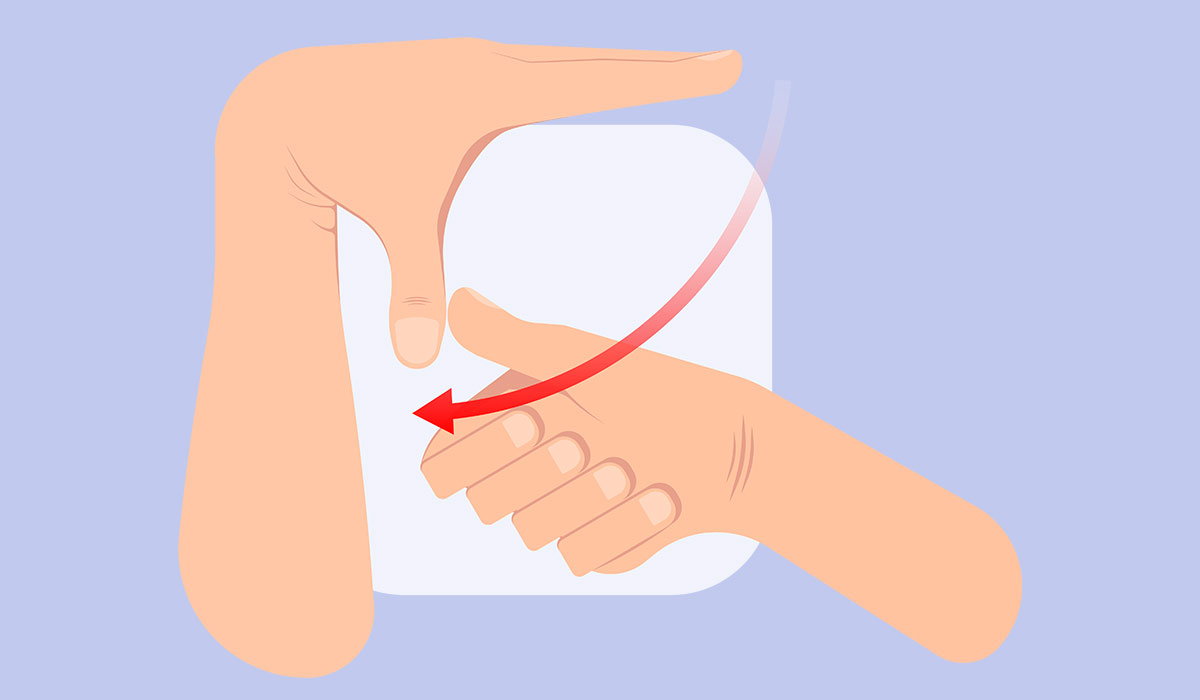
Ehlers-Danlos Syndrome is a group of diseases with a genetic basis. Learn all the symptoms associated with EDS. Find out… read more »
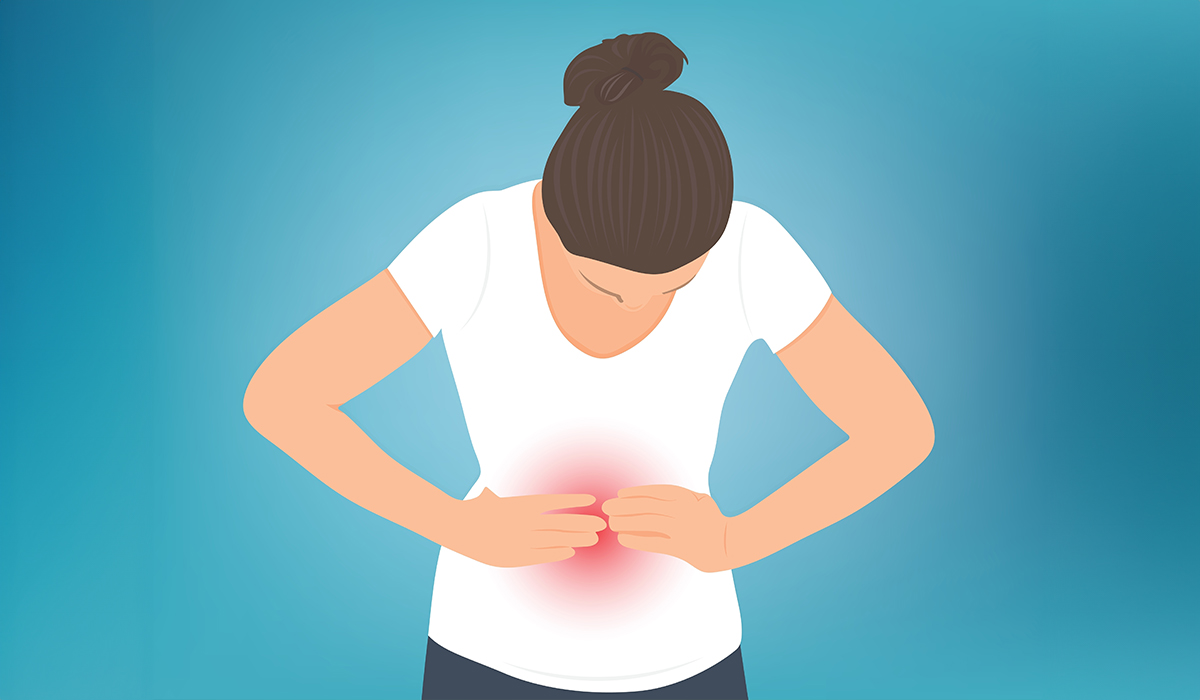
Abdominal pain refers to discomfort or pain felt anywhere in the area between the chest and the pelvis, commonly known… read more »